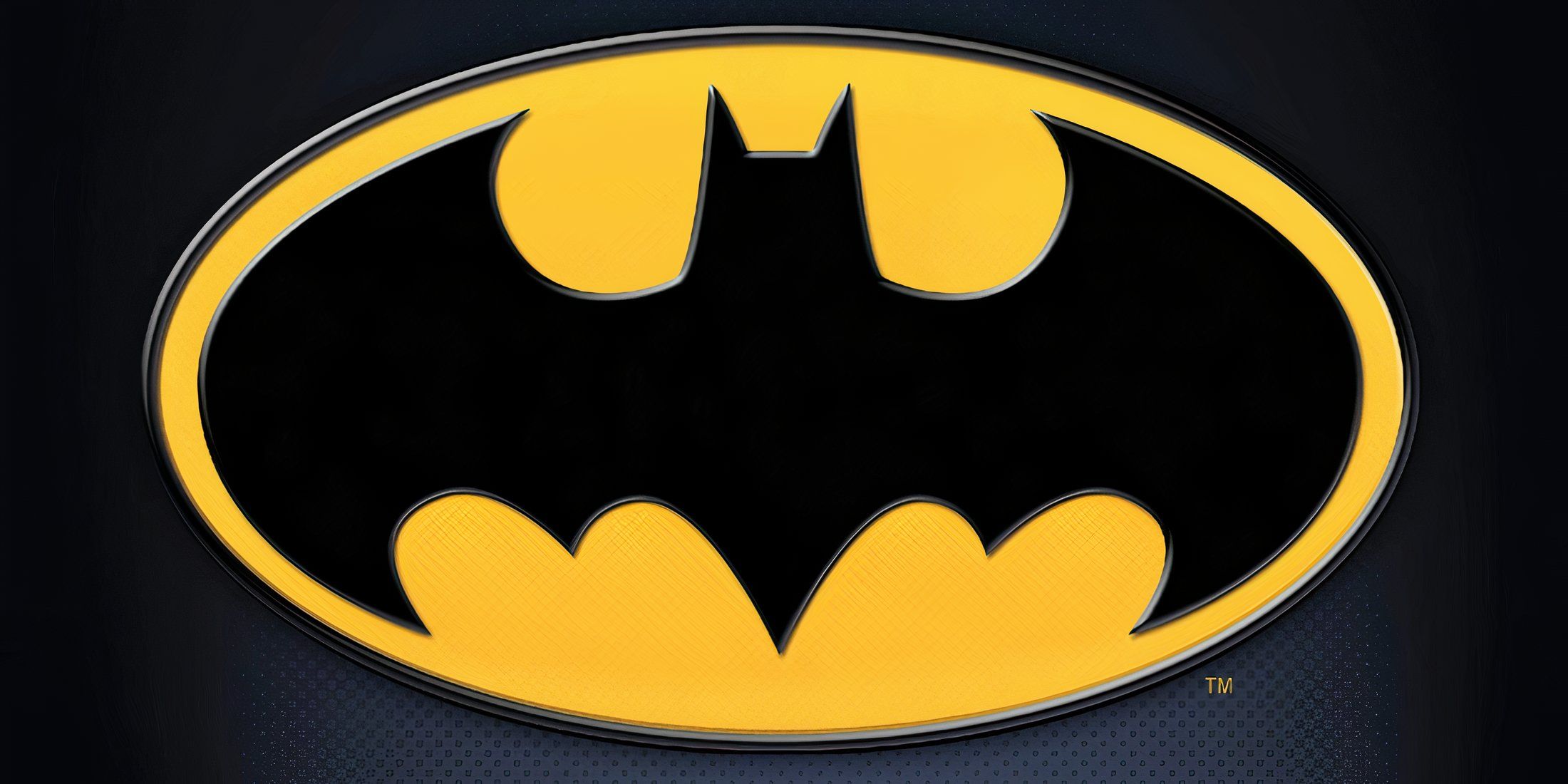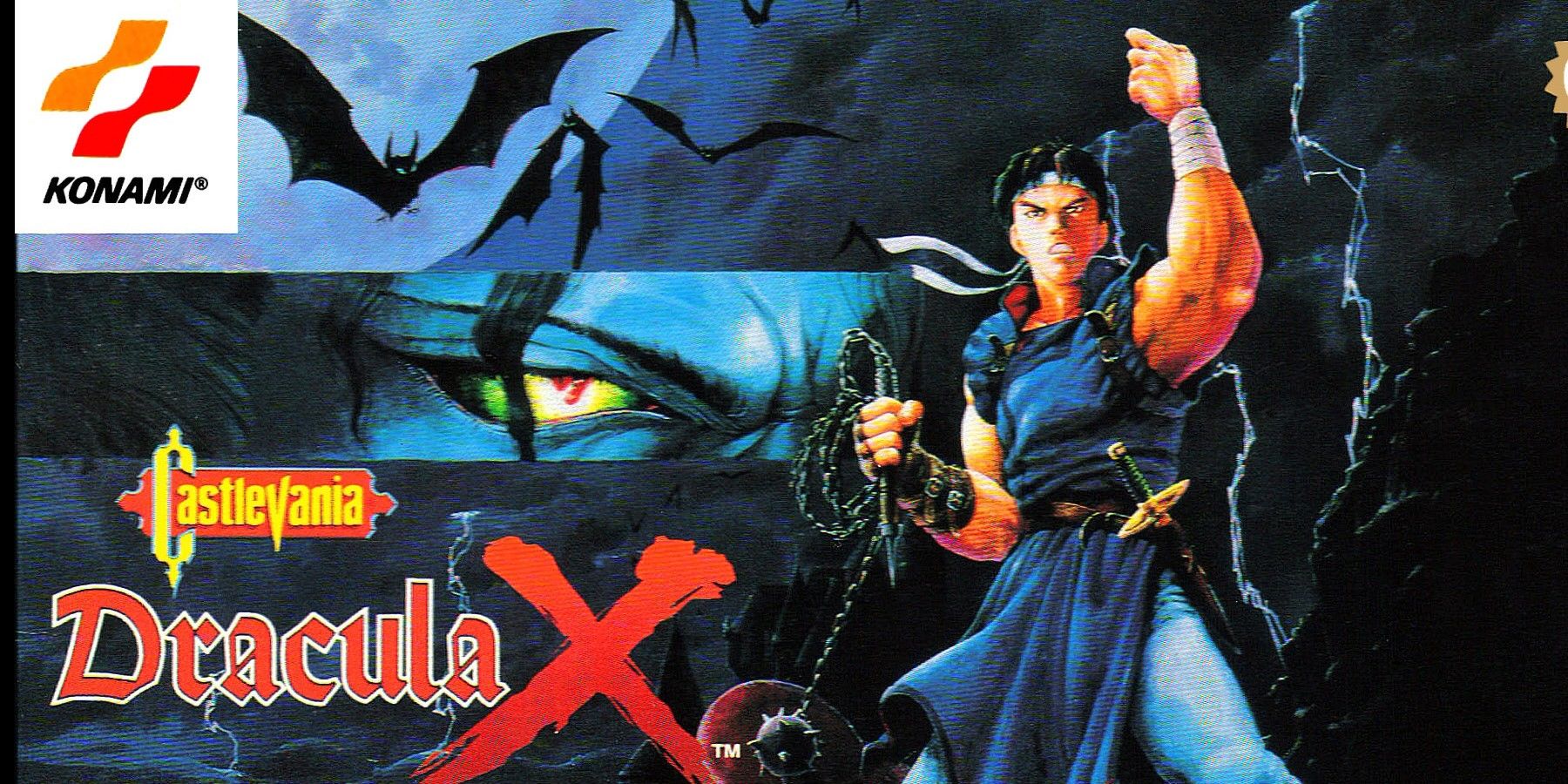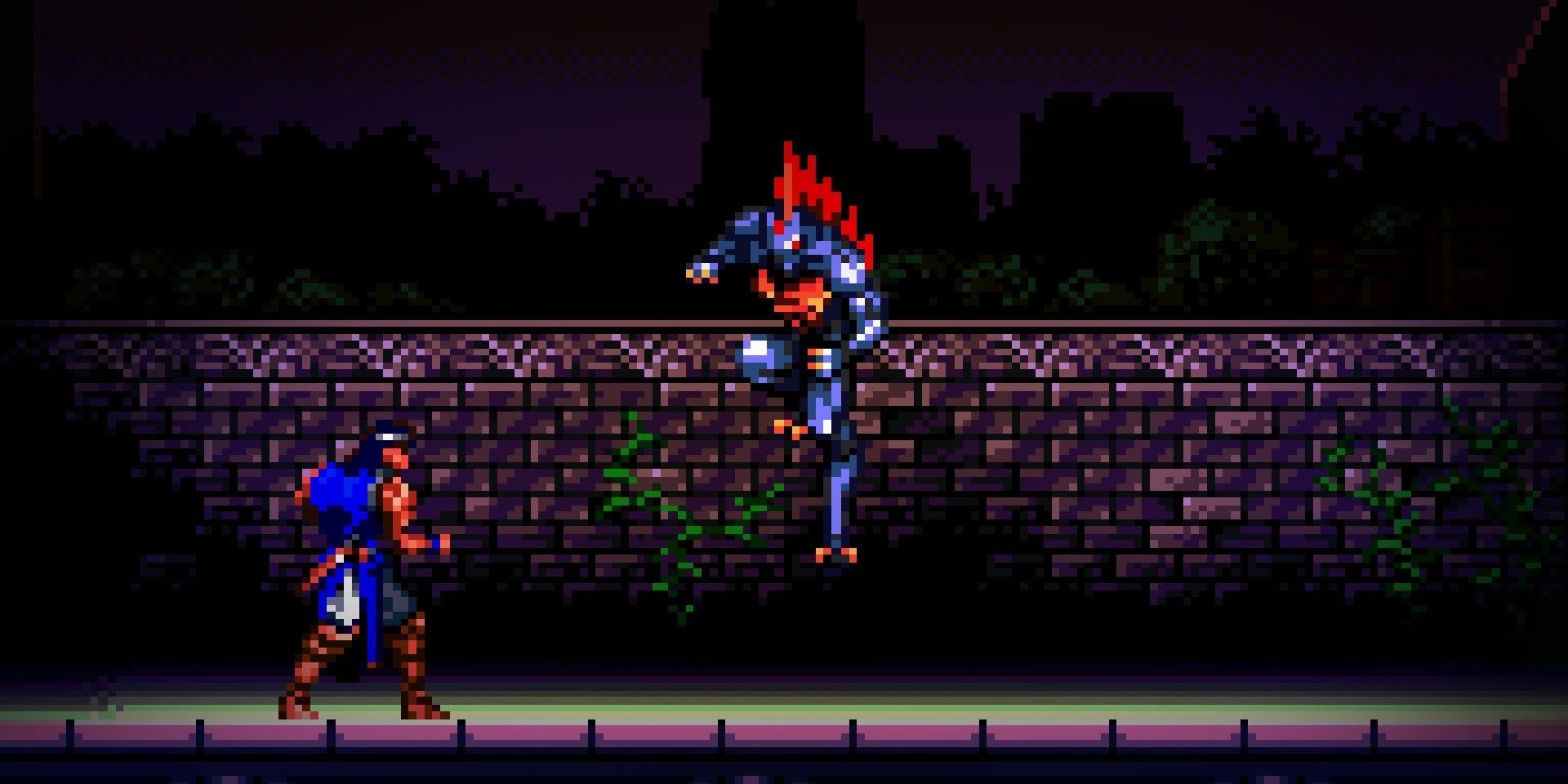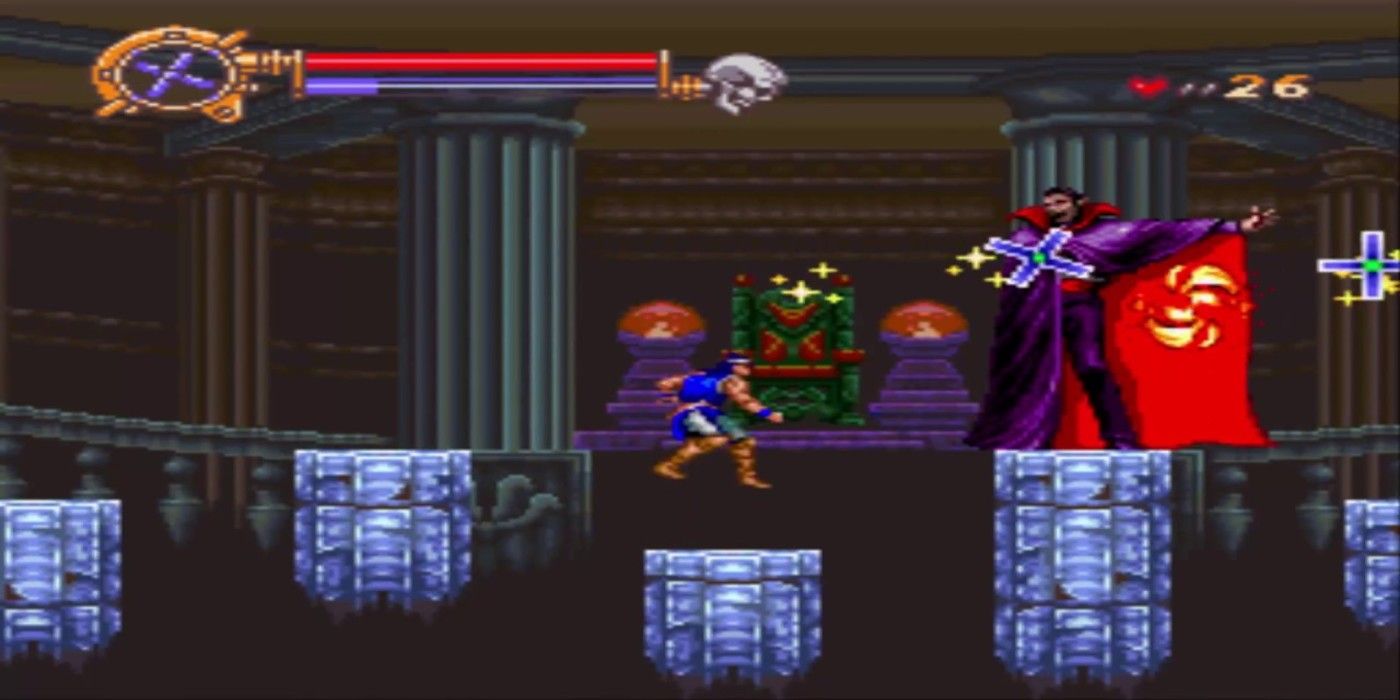The recent Nintendo Direct came with a big surprise for Castlevania fans: a surprise release of the Castlevania Advance Collection. This multi-platform collection follows up on two Castlevania collections released in the past few years, this time focusing on titles from Game Boy Advance.The Advance Collection’s offerings consist of Castlevania: Circle of the Moon, Harmony of Dissonance, and Aria of Sorrow. All three are classics, and worth trying for those who have already beaten Castlevania: Symphony of the Night and Bloodstained: Ritual of the Night. However, Castlevania: Dracula X doesn’t fit with the rest.
As a counterpart to the PlayStation 4-exclusive Castlevania Requiem, this collection includes the SNES title Castlevania: Dracula X. This is notably not a GBA game, but appears to have been included in this collection to ensure all of Castlevania’s major 2D games have been re-released. Dracula X released in 1995, two years after Rondo of Blood came out in Japan only on the PC Engine Super CD-ROM (an upgraded TurboGrafx 16). Because Rondo of Blood was already called Dracula X in Japan, the SNES game was dubbed Dracula XX. While Dracula X has been rendered non-canon and is considered a worse version of Rondo, its story is still interesting enough to discuss.
What is Castlevania: Dracula X?
Castlevania: Dracula X is an SNES remake of Rondo of Blood, and was also the first version of Rondo to reach North America. The game remixed enough to be almost completely different, only sharing some enemies, bosses, and mechanics with the original game. Due to the smaller storage capacity of SNES cartridges, voice acting was removed, the game became more linear due to overhauled level design, the difficulty was ramped up, and Maria was no longer playable. The story was also altered enough that it became incompatible with the Castlevania timeline, which did the game no favors in fans’ eyes.
The story differences seem minor, but conflict with Rondo of Blood’s immediate sequel Symphony of the Night. The dark priest Shaft, a climactic encounter in Rondo and the main villain for most of Symphony, was removed entirely. Annette, the heroic Richter’s kidnapped girlfriend, can transform into Carmilla if not saved, and will share Shaft’s attacks. Between that and Dracula X saying it takes place in the Middle Ages with Simon Belmont’s adventures having been several hundred years prior, it’s safe to say this game is not an essential part of a Castlevania historian’s library.
The Issues With Castlevania: Dracula X
Canon incongruity is far from the only issue Castlevania: Dracula X is guilty of. The game is considered one of the most difficult Castlevania titles for all the wrong reasons. Richter is slightly slower than he is in Rondo of Blood, later enemies are placed in earlier levels, and the redesigned stages are riddled with bottomless pits. The game also has only two alternate routes instead of four, one of which will doom players to a bad ending and is accessible via a regular-looking bottomless pit. Even the final fight with Dracula is suspended over a pit. Anyone familiar with Castlevania’s penchant for knockback, stiff jumps, and flying enemies can probably tell how Dracula X gained its reputation.
Things aren’t all bad, however. The spritework and soundtrack are great, and its extra difficulty may be appealing to some. The core of the game is still Rondo of Blood, but with so many beloved parts stripped out, this version can’t be recommended when Rondo of Blood itself is available elsewhere. The Castlevania Advance Collection is still worth owning, and it is nice to have even this lesser title preserved, but there are plenty of better ways to slay Dracula than Dracula X.






